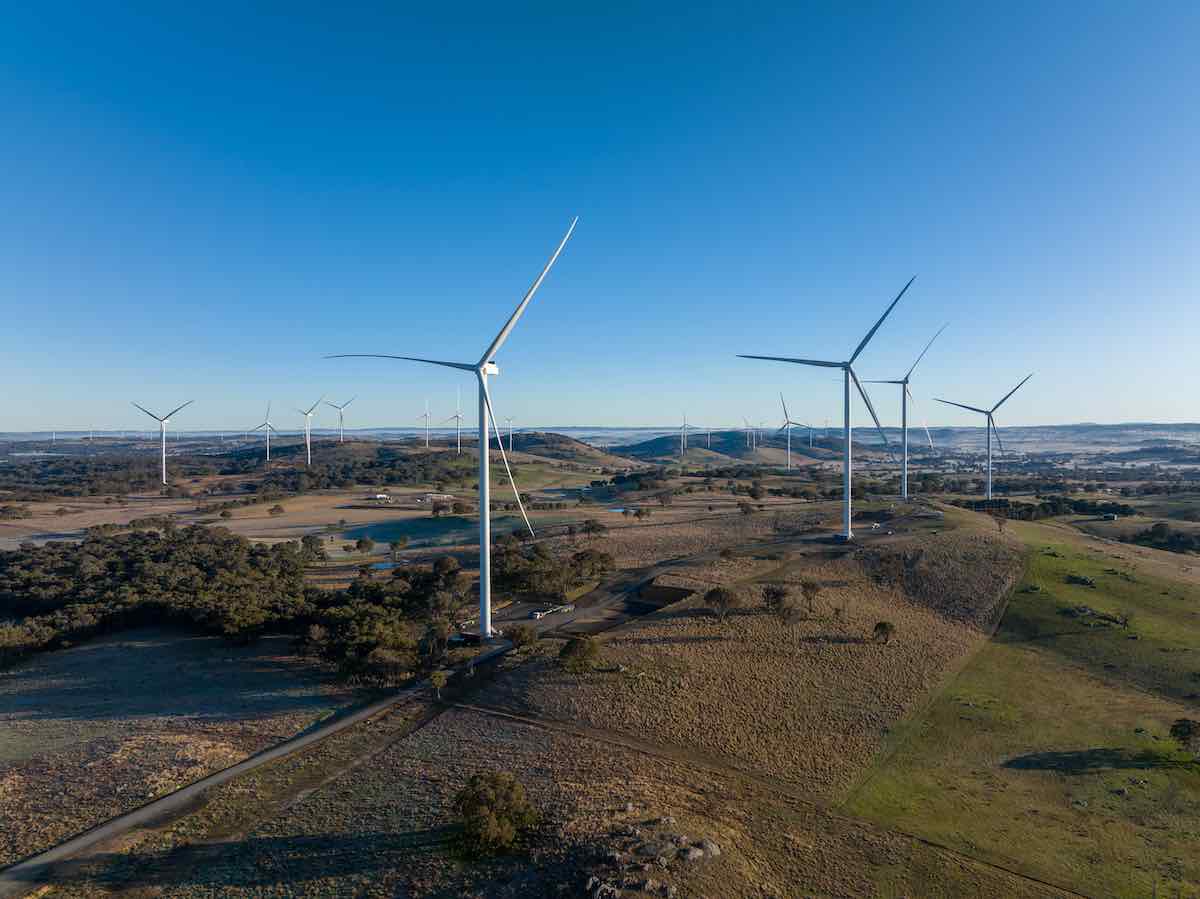New South Wales could rapidly speed up its renewable energy transition if it used its current fast track approval process rather than creating new ones, says a Clean Energy Investor Group (CEIG) submission.
The state is seeking to clean up its planning processes for clean energy, but in its submission on the draft guidelines the CEIG says the simplest way is to let more renewables projects into the critical state significant infrastructure (CSSI) pathway.
“There has been some resistance to apply this pathway to non-government assets,” CEIG chief Simon Corbell told RenewEconomy.
“However, what we have to recognise is that in a system that is already largely privatised, critical state generation infrastructure is already in private hands. So there needs to be a broader view of what is critical state significant infrastructure, because the decision has already been made about [ownership].”
The CSSI is a streamlined process for projects that are considered essential for economic, social or environmental reasons.
Under the current proposals, the threshold for clean energy projects using the CSSI pathway will be lowered to 750 megawatts (MW).
But the CEIG says this needs to be even lower.
“We believe the government can fast track major clean energy projects assessment by using the existing critical state significant infrastructure process more effectively,” Corbell says.
“So that means lowering the threshold at which clean energy projects can be considered critical state significant infrastructure, so that would allow for more timely consideration.
“At the moment it’s proposed to be 750MW, we say it should be lowered, because there are many projects that will be in that lower threshold and the state needs a lot of new clean energy projects.”
Not keen on the new proposals
There’s a lot to criticise and not much to work with in the NSW’s Draft Energy Policy Framework and the suite of supporting guidelines for wind and solar, transmission, benefit sharing and private agreements, if the CEIG submission is anything to go by.
But instead of clearing the path forward, the CEIG says these are likely to create more delays, add more costs, and introduce more layers of bureaucracy.
For example, a key issue for CEIG is that the draft visual impact guidelines are not based on evidence and exaggerate the visual impact of wind turbines on dwellings, Corbell says, and require more consultation with the likes of landscape architects to give a better assessment of what visual impacts should look like and how it should be managed.
CEIG believes the assessment requirements should be more flexible and don’t offer enough guidelines for addressing moderate visual impacts.
“Our members have serious concerns about the way the draft guidelines as currently structured will operate in terms of delivery of clean energy assessment,” Corbell says.
“The draft guidelines lack an expedited assessment process for clean energy and transmission projects, reduced costs and increased certainty for investors that NSW needs.
“The very real risk is that investors will look elsewhere and NSW won’t meet its emission reduction targets. CEIG recognises this is due to the 10 years of inaction on the part of the previous NSW government, nevertheless it is a critical issue that now needs to be addressed.”
NSW wants to reduce its emissions by 70 per cent by 2035, and needs at least 12 gigawatts (GW) of renewable energy generation and 2 GW of long-duration storage by 2030 to do this.
However, the state’s planning approval processes are up to three times longer than any other jurisdiction in Australia, prolonging project timelines by four to seven years and increasing developer application costs by 25 times when compared to Queensland.
More transparency and deadlines, please
The draft wind and solar guidelines will be disastrous for getting projects through the NSW planning process, according to the CEIG submission.
“CEIG contends that the proposed method outlined in the Draft Wind Energy Guideline is slower, lacks clarity, overemphasises impacts, and does not align with national and international guidelines,” the submission says.
It recommends more transparency around the assessment process, a decision deadline for the Department of Planning, Housing and Infrastructure (DPHI), and aligning the process with the national EPBC Act.
The CEIG is also nervous about a new guideline around private agreements, which lays out a model template for legal agreements between landowners and developers and how the two should work together, and the benefit agreement guideline.
“CEIG believes that the Draft Benefit Sharing Guideline sets unreasonable expectations for the community and does not improve the process of obtaining social licence,” the submission says.
“CEIG believes that high government-mandated fees significantly limit developers’ flexibility to implement their own initiatives and obtain genuine, local social licence.”
Planning rules
One of the biggest concerns generally about the new framework is a potential tool that it gives to objecting neighbours by codifying into law dwelling entitlements — that houses have a right to be on agricultural land and only need a building permit to be built and no council permit.
The new framework requires a 2km setback from any building on neighbouring properties, even those where there is a building plan with a permit but no building.
The fear is that this could become a way for opponents to halt proposed wind projects, as the new visual impact requirements also explicitly say that assessments have to consider dwelling entitlements — not just buildings which are already lived in.
The CEIG wants the government to ideally set up a fair process so wind farms aren’t held up by objectors but future house builders are heard as well.
“Clarification should be given to the level of importance assigned to potential dwellings compared to existing ones,” CEIG said.
“In NSW, both approved and not yet approved dwellings carry weight in evaluating the proposed impacts of the project… CEIG is concerned that parties with various agendas reactively securing dwelling entitlements could soon curtail wind project development.”










